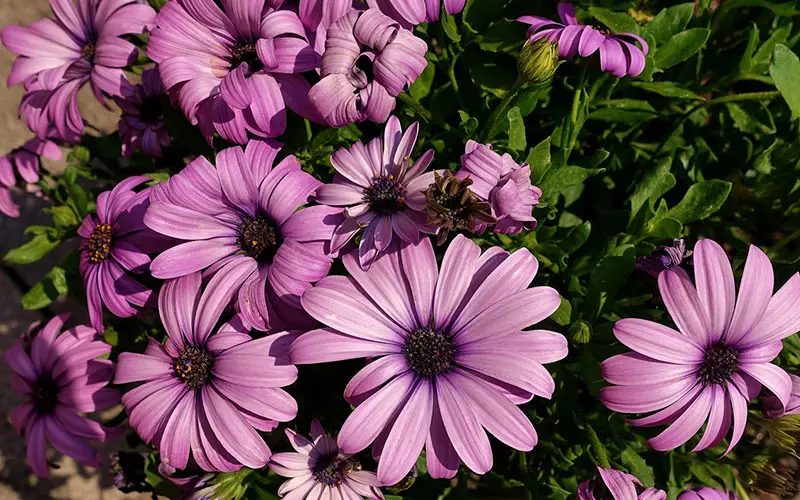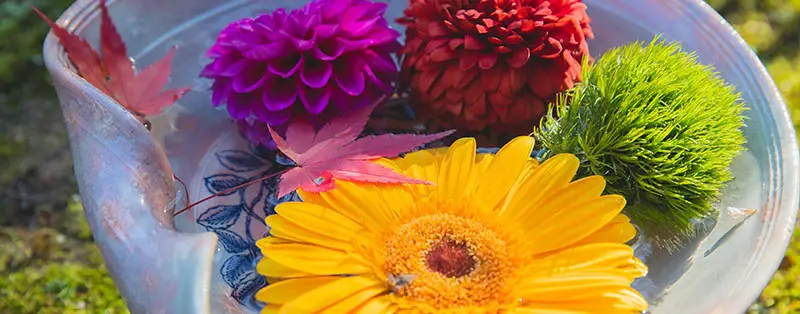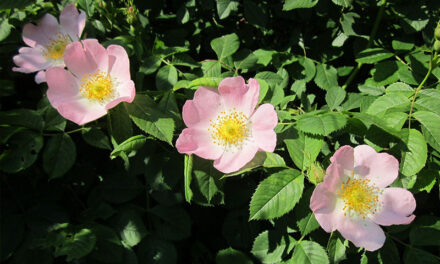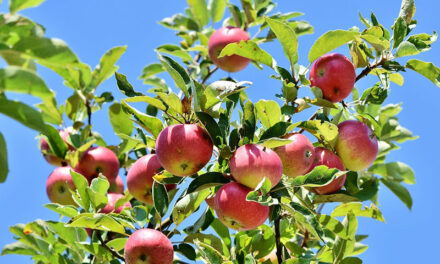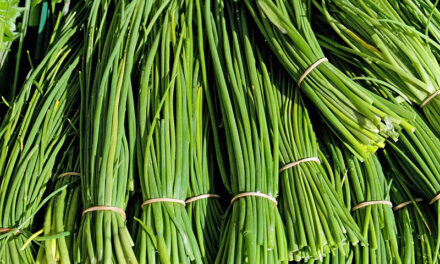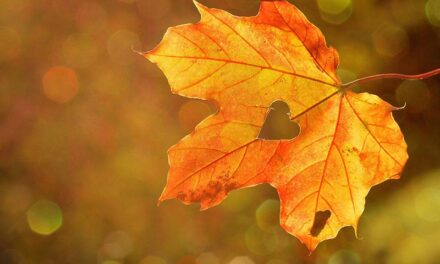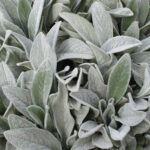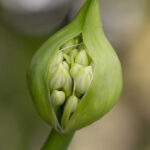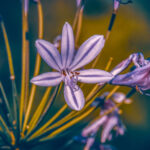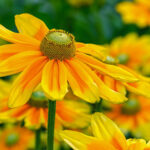Gerbera, often called the African daisy, is more of a cut flower than a garden plant. However, with some care and the right location, you can enjoy them on your patio throughout the summer. Gerberas are not frost-resistant and dislike rain. They are also not fond of drought, so proper care is essential. Remember to feed them every month and keep an eye on the soil moisture.
Gerbera Flowers
African daisies are renowned for their vibrant, cheerful colors. They come in two main types: those with large blooms and those with smaller ones. Gerberas typically bloom from May to August, and they are not fragrant.
These flowers are available in various colors, often with different center hues. Popular choices include orange, red, white, purple, yellow, and pink, with pastel shades gaining popularity. Gerbera varieties exhibit different flower shapes, including single or double flowers, pompom-like, and spider-like forms. With over 600 different varieties, you have a wide range of colors, shapes, and sizes to choose from.
Sowing Gerbera Seeds
For successful African daisy cultivation from seeds, it’s best to start them in a seed tray rather than directly in your garden. Sow them from March to May under glass. Ensure adequate sunlight to prevent young seedlings from getting scorched. Once they’ve grown larger and the risk of frost has passed, transplant your Gerberas into the garden or pots.
Caring for Gerbera Plants
Gerberas can also thrive as indoor plants. In spring, after the threat of frost has passed, you can place them on your patio. Proper drainage in the pot is crucial, as these plants dislike soggy roots. Technically, Gerberas are perennial, but they require meticulous care.
Gerbera Flower Varieties
Gerberas exhibit a wide array of subspecies and varieties. The largest blooms have a minimum diameter of 10 cm, while petite Germini flowers measure around 7 cm, and the diminutive Gerbera nana has approximately 5 cm blooms. The standard Gerbera type is the most common in bouquets. Other forms include pompons with many small petals, Spiders with pointed, spider-like petals, and Pastas with thicker petal spikes. Some Gerberas are Pastinis, characterized by their curled petals.
Gerbera Jamesonii
Gerbera Jamesonii is a well-known annual Gerbera with a range of colors and forms. It blooms from May to October in cream, red, orange, or pink. It reaches a height of about 40 to 50 cm.
Gerbera Garvinea
Gerbera garvinea closely resembles Gerbera Jamesonii but with distinct characteristics. It is considered the first frost-resistant type, capable of tolerating mild frost, down to approximately -5 degrees Celsius. Pruning is discouraged, and the stems and leaves should be covered with straw. Adequate moisture and year-round care are essential, with additional feeding each month. Garvinea boasts abundant blooms, with each flower lasting 3 to 4 weeks. Its flowering continues until late autumn, approximately until the first frost.
Germini
Germini, a smaller Gerbera variant, is available in a range of colors, including white, pink, red, yellow, purple, orange, and green. Bi-colored varieties and derivatives of basic colors are also popular. Among these, 20 types feature pink hues. Germini flowers have a similar height to their regular counterparts, measuring about 40 to 50 cm.

